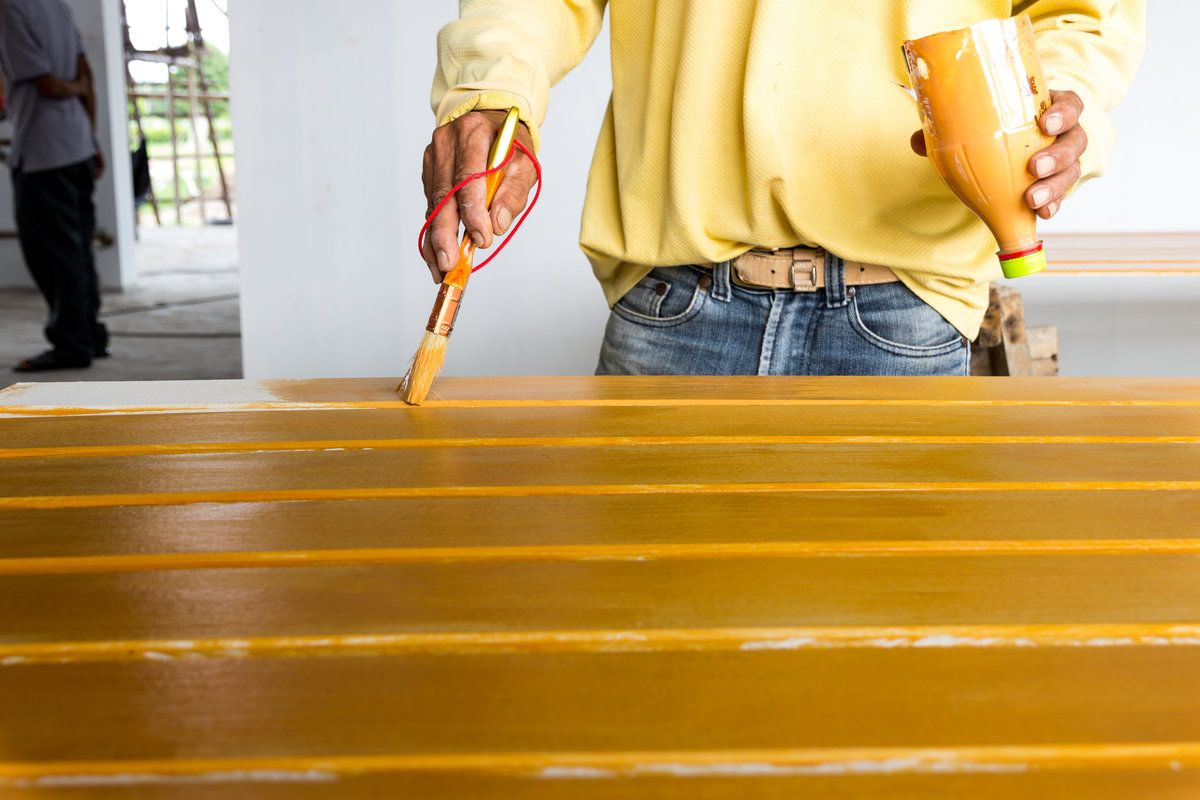

Articles
How Much Is It To Paint Siding
Modified: October 28, 2024
Looking for articles on how much it costs to paint siding? Find out the average prices and factors to consider for this home improvement project.
(Many of the links in this article redirect to a specific reviewed product. Your purchase of these products through affiliate links helps to generate commission for Storables.com, at no extra cost. Learn more)
Introduction
Painting your home’s exterior siding can be a great way to freshen up its appearance and increase its curb appeal. Not only does a fresh coat of paint give your house a new lease on life, but it also serves as a protective barrier against the elements, helping to prevent damage and maintain the value of your home.
However, before embarking on a painting project, it’s essential to understand the factors that influence the cost of painting siding. From the type of siding material to the size of your home and the labor involved, these factors can vary significantly and play a crucial role in determining the overall cost.
In this article, we will explore the various factors that can affect the cost of painting siding, discuss the average price range, delve into the different types of siding and their associated painting costs, and help you decide between hiring a professional or doing the job yourself. Additionally, we’ll provide some valuable tips for saving money on your siding painting project.
By the end of this article, you’ll have a comprehensive understanding of the cost factors involved in painting siding and be equipped with the knowledge you need to plan and budget for your upcoming project.
Key Takeaways:
- Factors such as siding material, surface area, and preparation work significantly impact the cost of painting siding. Understanding these factors and obtaining detailed quotes are crucial for accurate budgeting.
- When deciding between hiring a professional or DIY painting, consider expertise, cost savings, and project complexity. Implementing cost-saving tips, such as off-season discounts and DIY preparation, can make your siding painting project more affordable.
Read more: How To Paint Steel Siding
Factors Affecting the Cost of Painting Siding
When it comes to painting siding, several factors can influence the overall cost of the project. Understanding these factors can help you estimate the expenses involved and make an informed decision. Here are the key factors to consider:
- Siding Material: The type of siding material you have will significantly impact the cost of painting. Different materials require different preparation work, paint application methods, and may have varying labor requirements. Common types of siding include vinyl, wood, aluminum, fiber cement, and stucco.
- Condition of the Siding: The current condition of your siding will also affect the cost. If your siding is in poor condition, it may require extensive repairs or preparation work before painting. This can add to the overall cost.
- Surface Area: The size of your home’s exterior will play a vital role in determining the cost. Larger homes will require more time, labor, and paint, leading to higher expenses.
- Number of Stories: If your home has multiple stories, painting the upper levels can be more challenging and time-consuming, consequently increasing the cost. Additional equipment and safety measures may be required for painting at height.
- Pricing Structure: The pricing structure of the painting contractor or professional you choose can vary. Some may charge per square foot, while others may have a flat rate or an hourly fee. Understanding the pricing structure upfront is crucial for accurate cost estimation.
- Preparation Work: Proper preparation is key to a successful painting project. If your siding requires extensive cleaning, scraping, or priming, it will add to the labor and cost. Factors like removing old paint, caulking gaps, and repairing damaged areas will also influence the overall expenses.
- Paint Quality: The quality and type of paint you choose will impact the cost. Higher-quality, durable paint may cost more upfront but can provide better longevity and protection against weather elements.
Considering these factors will give you a better understanding of the scope and potential expenses associated with painting your home’s siding. By discussing these factors with a painting professional, you can receive a more accurate estimate tailored to your specific needs and preferences.
Average Cost of Painting Siding
The average cost of painting siding can vary depending on several factors, including the size of your home, the type of siding material, and the region you live in. While it’s challenging to provide an exact cost without specific details, we can give you a general idea of the average price range.
On average, homeowners can expect to spend between $1,500 and $4,500 to paint the siding of a standard-sized home. The cost per square foot can range from $1 to $3, considering factors such as labor, materials, and any additional preparation work required.
It’s important to note that this estimate may not include potential additional costs, such as repairs or extensive preparation work. If your siding requires substantial repairs or surface preparation, the overall cost will likely be higher.
Factors such as the complexity of the paint job, the number of stories, and the accessibility of your home’s exterior can also impact the cost. For example, textured or multi-colored finishes may require more labor and materials, resulting in higher expenses.
When obtaining quotes, it’s essential to ask for detailed breakdowns, including the cost per square foot, the estimated labor hours, and any additional charges for specific requirements. This will help you compare quotes accurately and make an informed decision.
Remember, while it may be tempting to choose the lowest-priced option, it’s crucial to consider the quality of workmanship and the reputation of the painting contractor. Hiring an experienced and reputable professional may cost more upfront but can save you money and headaches in the long run.
To get a more accurate estimate for your specific project, it’s best to reach out to local painting professionals and request a free quote. Provide them with as many details as possible, such as the size of your home, the type of siding, and any specific requirements or concerns you may have. This will enable them to assess the scope of work and provide you with a tailored estimate.
By understanding the average cost range and getting multiple quotes, you can budget accordingly and make an informed decision when it comes to painting your home’s siding.
Different Types of Siding and Their Painting Costs
When it comes to painting siding, the type of siding material you have will impact the cost and process. Let’s explore some of the most common types of siding and their associated painting costs:
- Vinyl Siding: Vinyl siding is a popular and low-maintenance option for many homeowners. Painting vinyl siding is possible, but it’s important to choose the right type of paint formulated for vinyl surfaces. The cost of painting vinyl siding can range from $1 to $2 per square foot.
- Wood Siding: Wood siding offers a classic and natural look to your home. Painting wood siding requires proper surface preparation, including cleaning, sanding, and priming. The cost of painting wood siding can range from $2 to $4 per square foot, depending on factors such as the type of wood and the extent of preparation work needed.
- Aluminum Siding: Aluminum siding is durable and resistant to rust, making it a popular choice for many homeowners. Painting aluminum siding involves proper cleaning and the use of a suitable aluminum primer. The cost of painting aluminum siding can range from $2 to $3 per square foot.
- Fiber Cement Siding: Fiber cement siding is known for its durability and resistance to moisture, insects, and rot. Painting fiber cement siding requires similar preparation work as wood siding. The cost of painting fiber cement siding can range from $2 to $4 per square foot.
- Stucco Siding: Stucco siding is a popular choice for its versatility and aesthetic appeal. It can be painted to refresh its appearance or change the color. The cost of painting stucco siding can range from $2 to $5 per square foot, depending on factors such as the condition of the stucco and any repairs or preparation work required.
These are just a few examples of common siding materials and their associated painting costs. It’s important to note that these costs are general estimates and can vary based on factors such as the size of your home, the complexity of the paint job, and any specific requirements or issues with your siding.
When painting siding, it’s recommended to consult with a professional painting contractor who can assess your specific situation and provide you with a more accurate estimate. They can also guide you on the best paint options and techniques for your particular siding material to ensure optimal results and longevity.
By understanding the associated costs and requirements for painting different types of siding, you can make an informed decision and plan your project accordingly.
Get quotes from multiple painting contractors to compare prices for painting siding. Make sure to ask about the cost of materials, labor, and any additional fees. Also, consider the quality of the paint and the experience of the contractor.
Hiring a Professional vs. DIY Painting
When it comes to painting your home’s siding, you have the option to hire a professional or tackle the project yourself. Each approach has its advantages and considerations. Let’s weigh the pros and cons of hiring a professional versus DIY painting:
Hiring a Professional:
1. Expertise and Experience: Professional painters have the knowledge, skills, and experience to deliver high-quality results. They are trained in proper surface preparation, paint application techniques, and can handle any challenges that may arise during the project. Their expertise ensures a more professional and durable finish.
2. Time and Convenience: Hiring professionals means you can focus on other tasks or responsibilities while they handle the painting job. They will take care of the entire process, from preparation to cleanup, ensuring you can enjoy a freshly painted home without the hassle.
3. Tools and Equipment: Professional painters have access to high-quality tools, equipment, and paint products. They know which materials are best suited for your specific siding type and can provide you with guidance on color selection and paint durability.
4. Insurance and Guarantees: Reputable painting professionals are often insured, protecting you from liability in case of accidents or damages. Additionally, many professionals provide guarantees on their workmanship, giving you peace of mind that the job will be done right.
DIY Painting:
1. Cost Savings: One of the most significant advantages of DIY painting is the potential cost savings. By handling the project yourself, you can eliminate labor costs associated with hiring professionals. However, it’s important to consider the expenses of paint, tools, and any necessary equipment rentals.
2. Control and Personal Touch: DIY painting allows you to have full control over the process, including color selection, paint application techniques, and timing. It gives you the opportunity to add a personal touch and make adjustments as needed throughout the project.
3. Learning Experience: Taking on a DIY painting project can be a valuable learning experience. You can gain new skills, acquire knowledge about proper surface preparation and paint application, and develop a sense of accomplishment from completing the project on your own.
4. Flexibility: DIY painting allows for greater flexibility in scheduling and timelines. You can work at your convenience and take breaks as needed without relying on the availability of a professional painter.
When deciding between hiring a professional or DIY painting, consider your comfort level, the size and complexity of the project, and the time and resources you have available. If you have extensive preparation work, multiple stories, or limited experience, hiring a professional may be the best choice to ensure a successful outcome.
However, if you have the necessary skills, the time commitment, and are confident in your abilities, DIY painting can be a rewarding and cost-effective option.
Remember to weigh the pros and cons, and carefully consider your capabilities and the requirements of your specific project before making a decision.
Read more: How To Paint Hardie Siding
Tips for Saving Money on Siding Painting
Painting the siding of your home doesn’t have to break the bank. With the right strategies and planning, you can save money on your siding painting project without compromising on the quality and results. Here are some tips to help you save money:
- Choose the Right Paint: While it may be tempting to opt for the cheapest paint available, it’s essential to strike a balance between cost and quality. Choose a durable paint that offers good coverage and longevity, ensuring you won’t have to repaint sooner than necessary.
- Do Your Own Preparation: One way to save money is to take on the preparation work yourself. Cleaning the siding, scraping off loose paint, and caulking gaps can be time-consuming, but it can significantly reduce labor costs.
- Compare Multiple Quotes: Getting quotes from several painting contractors allows you to compare prices and find the best deal. Make sure the quotes provide clear breakdowns of the costs involved, including labor, materials, and any additional charges.
- Consider Off-Season or Mid-Week Painting: Many painting contractors offer discounts during off-peak seasons or on weekdays when they have fewer projects. Taking advantage of these discounts can help lower your overall costs.
- Bundle Repairs and Painting: If your siding requires repairs or additional work, consider bundling these tasks with the painting project. This way, you can save on labor costs by having the contractor address both tasks at once.
- Reuse Existing Paint: If you have leftover paint from previous projects that matches your desired color, consider reusing it for the siding. This can save you the cost of purchasing new paint.
- Paint Only What’s Necessary: Assess the condition of your siding and focus on areas that require attention rather than painting the entire exterior. This targeted approach can save time, effort, and money.
- Consider DIY Touch-Ups: Once the main painting is done, you can consider doing minor touch-ups yourself. This allows you to save on additional labor costs for small areas that need attention.
- Maintain Your Siding: Regular maintenance, such as cleaning, inspecting for damage, and addressing issues promptly, can help extend the lifespan of your siding and reduce the need for frequent repainting.
- Ask for Recommendations: Seek recommendations from friends, family, or neighbors who have recently had their siding painted. They may be able to provide insights into cost-effective painting contractors or money-saving strategies they used.
By implementing these tips, you can make your siding painting project more affordable without compromising on quality. Remember to strike a balance between cost savings and the longevity of the paint job to ensure a durable and visually appealing outcome.
Conclusion
Painting your home’s siding can be a transformative and cost-effective way to enhance its appearance and protect it from the elements. By understanding the factors that affect the cost of painting siding and considering the tips for saving money, you can plan and budget for your project more effectively.
Factors such as the type of siding material, the condition of the siding, the surface area, and the pricing structure of the painting professional can all influence the overall cost. It’s important to obtain detailed quotes and discuss your specific requirements with contractors to ensure accurate estimation.
When it comes to painting siding, you have the option to hire a professional or take on the project yourself. Hiring a professional offers the expertise, time savings, and convenience, while DIY painting provides cost savings, flexibility, and a sense of personal accomplishment. Consider your capabilities, the complexity of the project, and your resources when deciding which approach to take.
To save money on your siding painting project, choose the right paint, consider doing your own preparation work, compare quotes from multiple contractors, and take advantage of off-season or mid-week discounts. Bundling repairs and painting, reusing existing paint, and focusing on necessary areas can also help reduce costs.
Remember to maintain your siding regularly and seek recommendations from others who have recently had their siding painted. This will help you make informed decisions and ensure a successful and cost-effective outcome.
By incorporating these insights into your siding painting project, you can successfully transform the appearance of your home while keeping your budget in check. Whether you decide to hire a professional or embark on a DIY adventure, may your siding painting endeavor be a rewarding and satisfying experience.
Frequently Asked Questions about How Much Is It To Paint Siding
Was this page helpful?
At Storables.com, we guarantee accurate and reliable information. Our content, validated by Expert Board Contributors, is crafted following stringent Editorial Policies. We're committed to providing you with well-researched, expert-backed insights for all your informational needs.
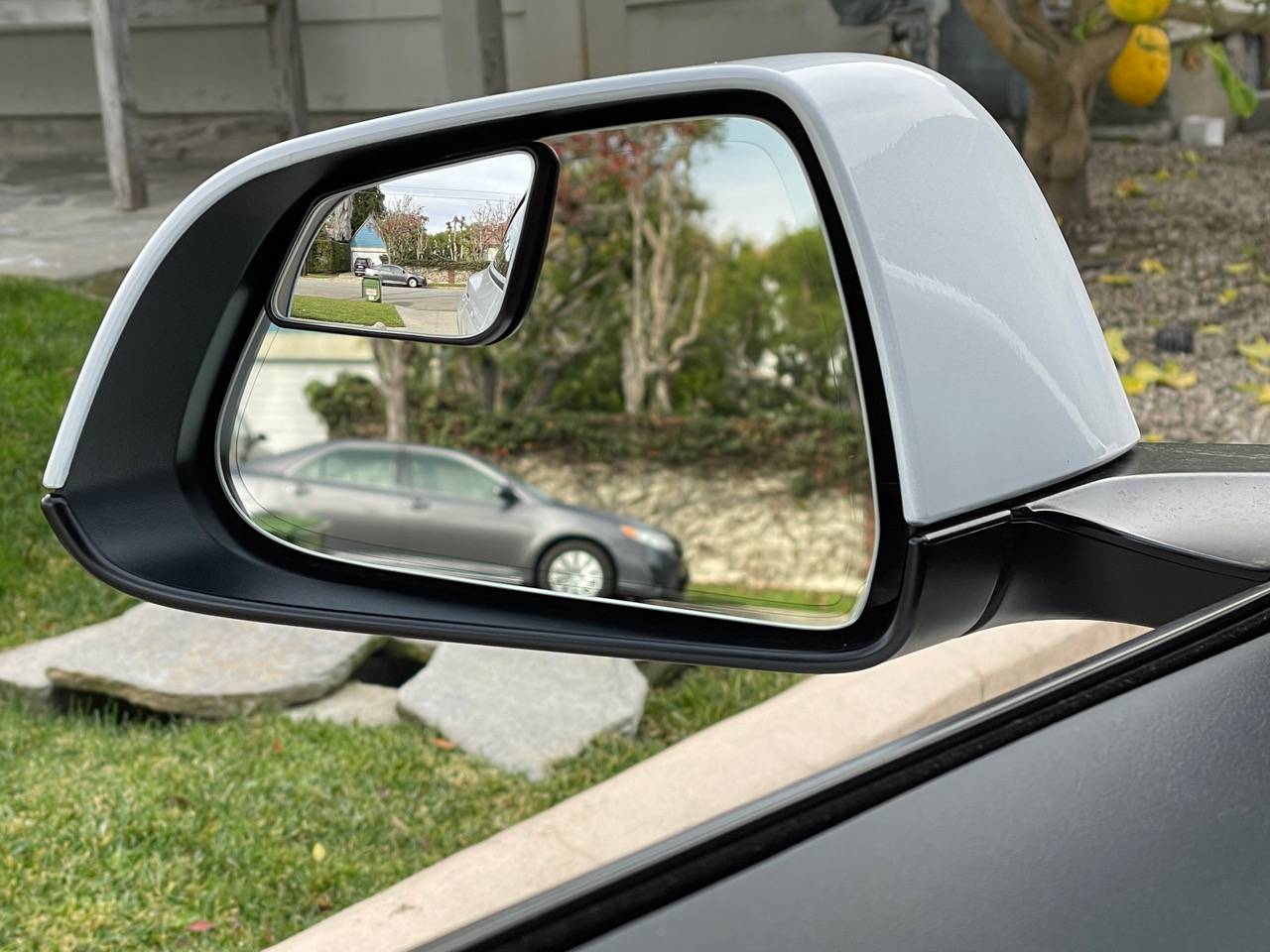
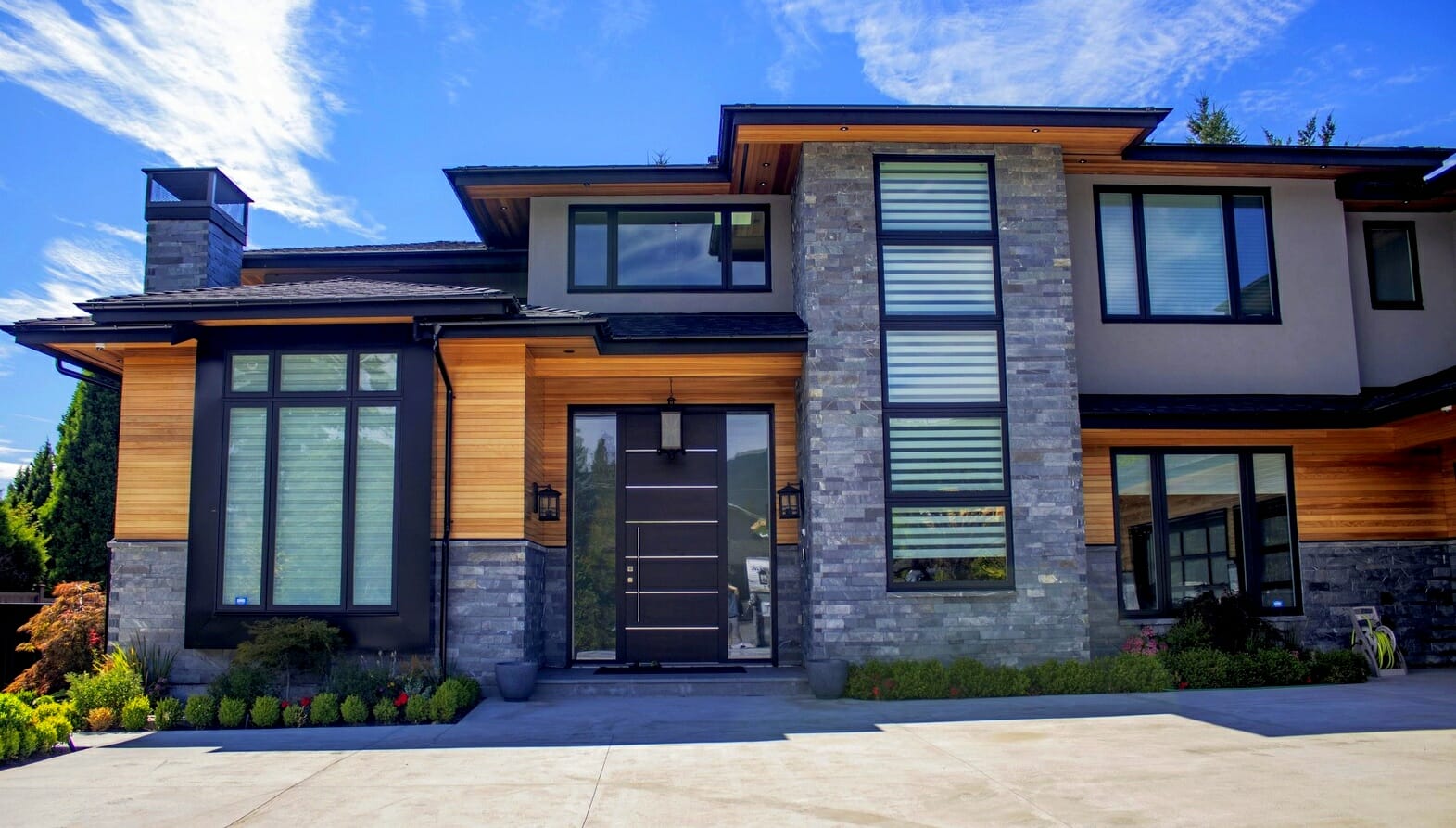
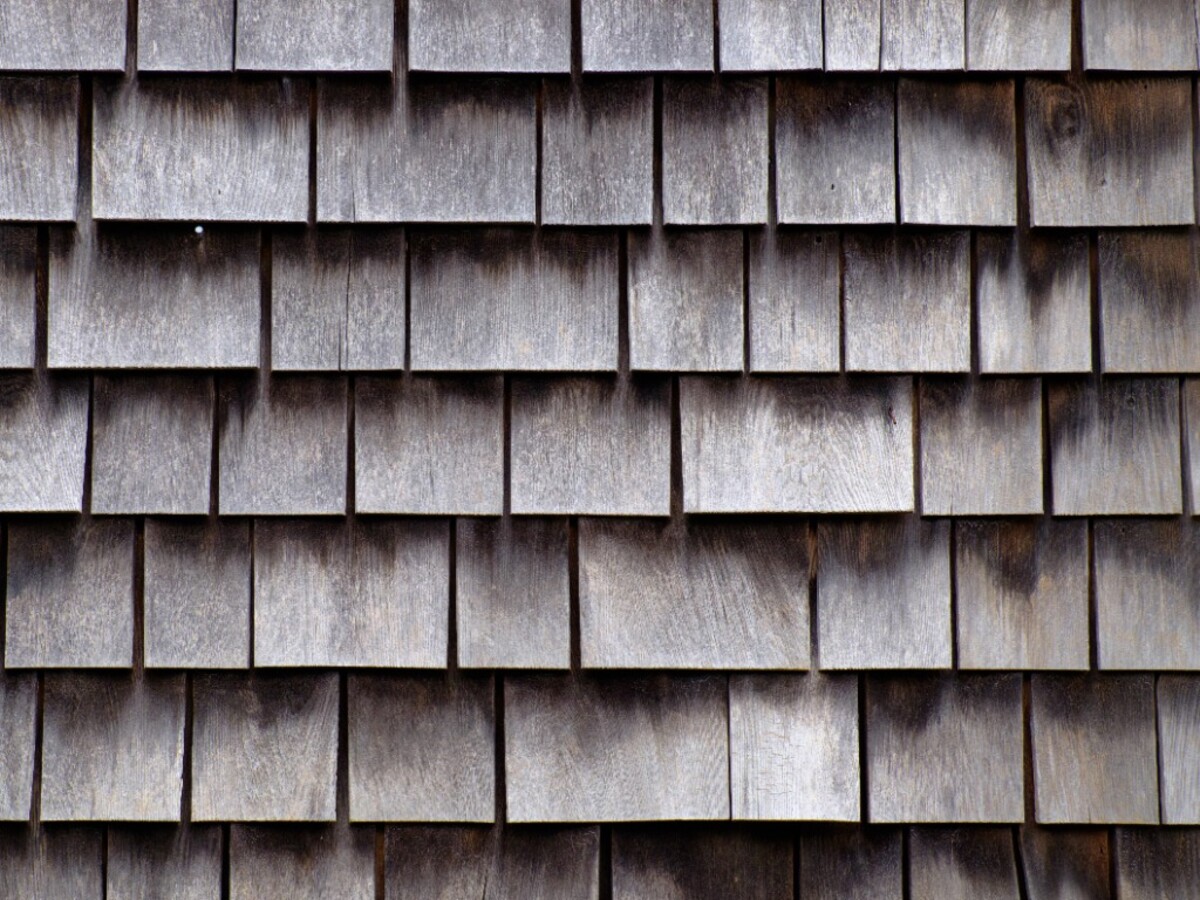
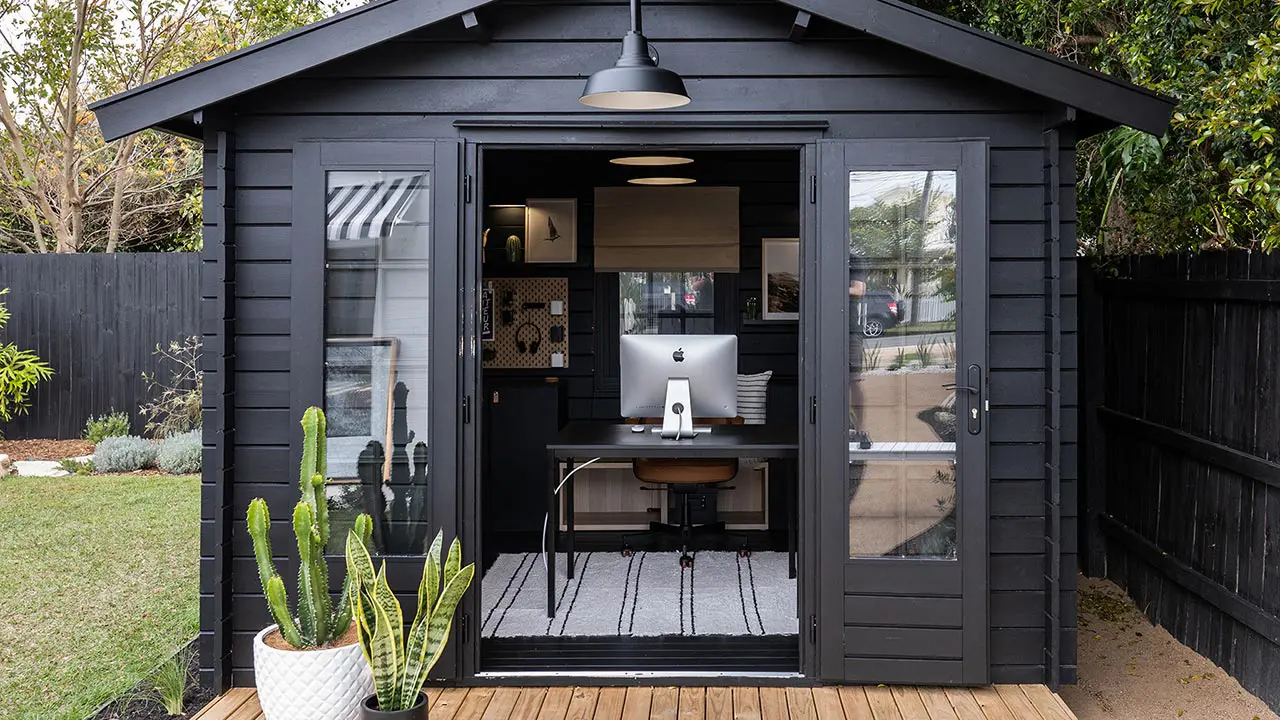
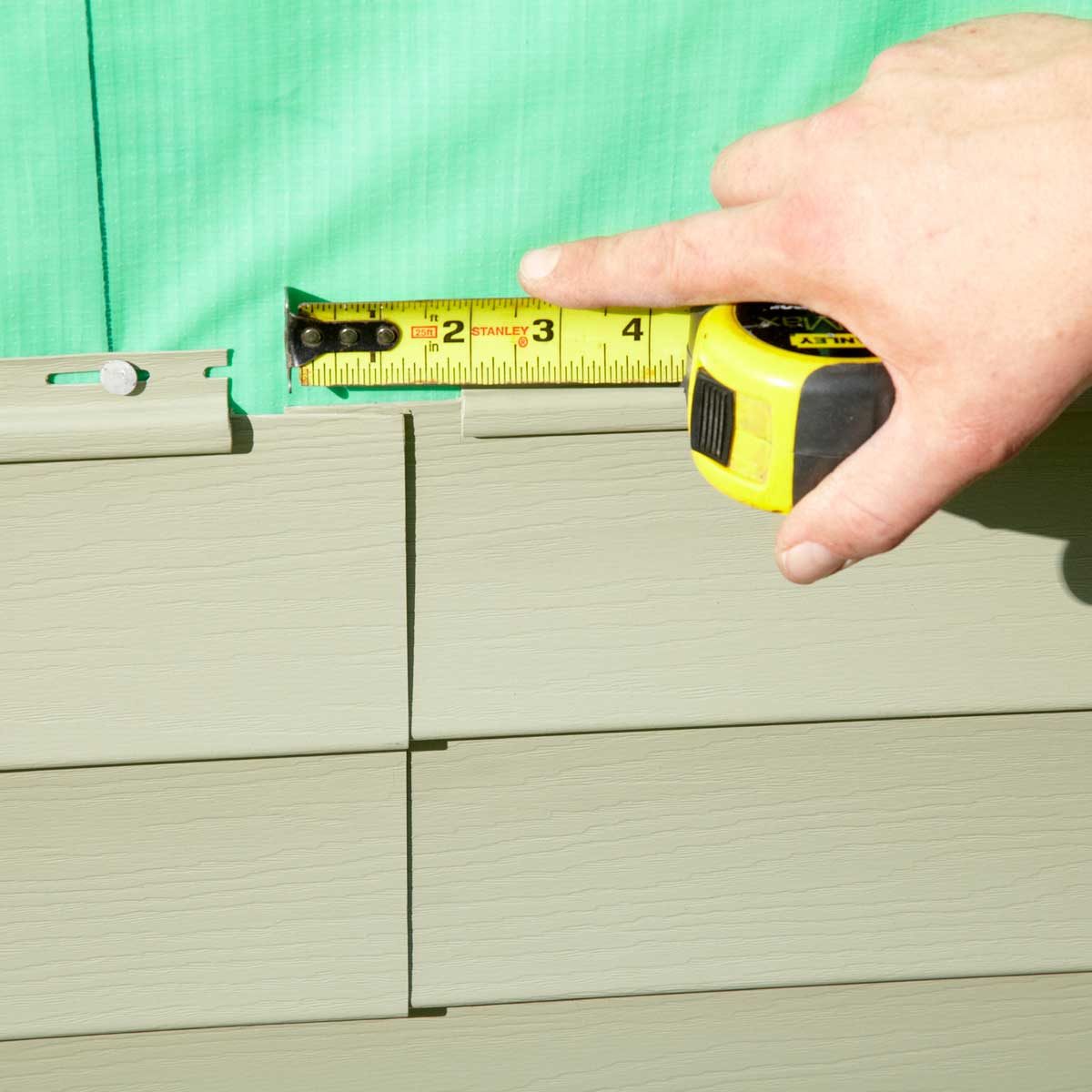
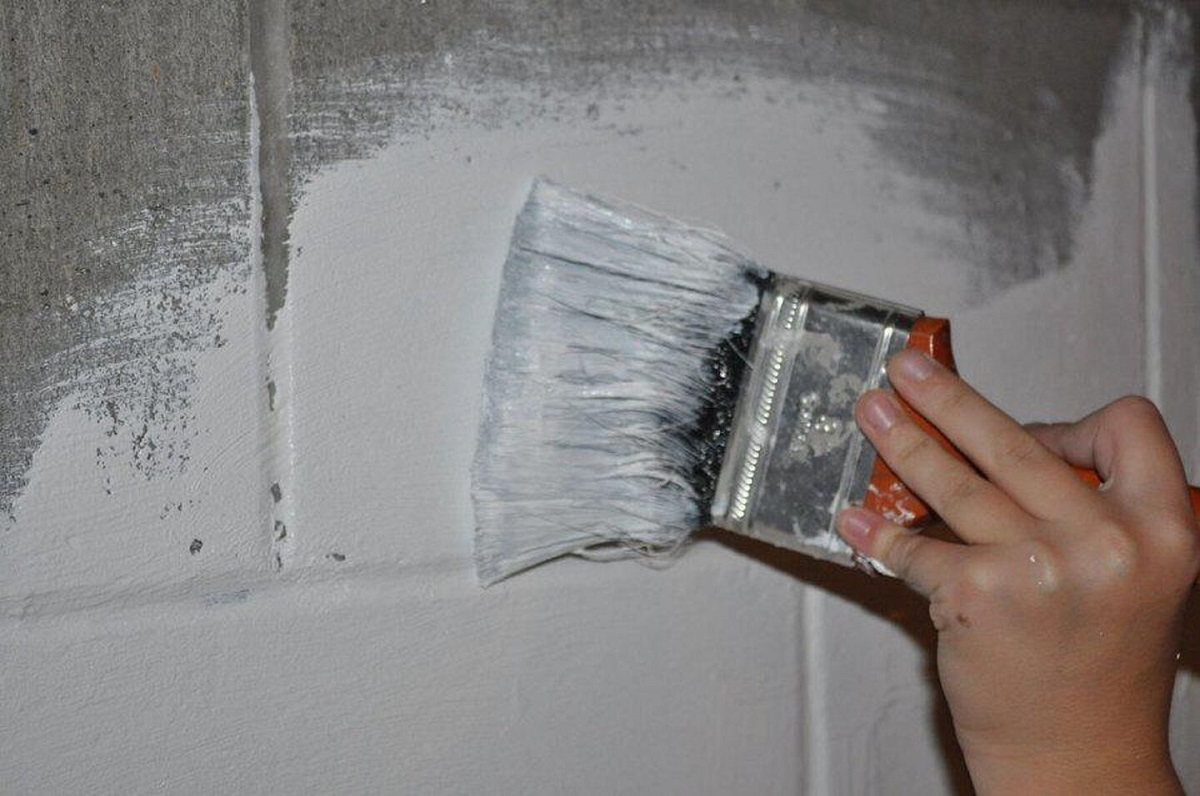
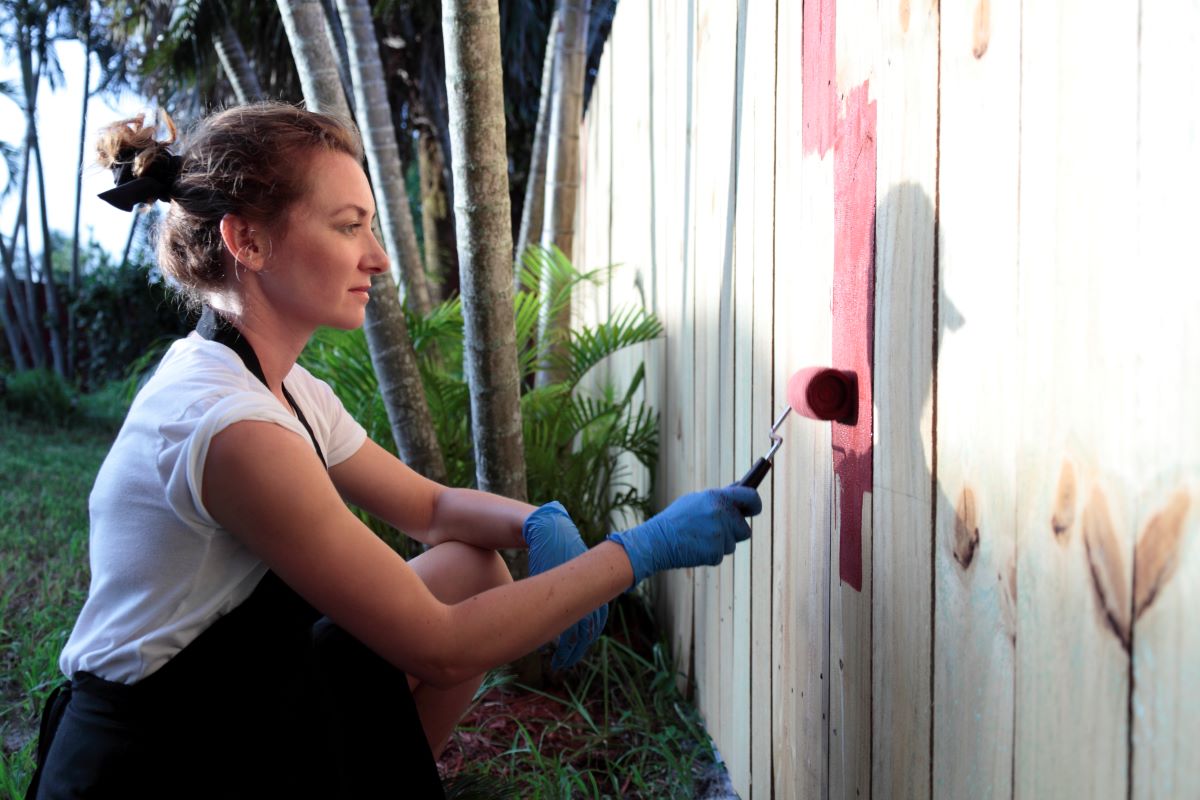
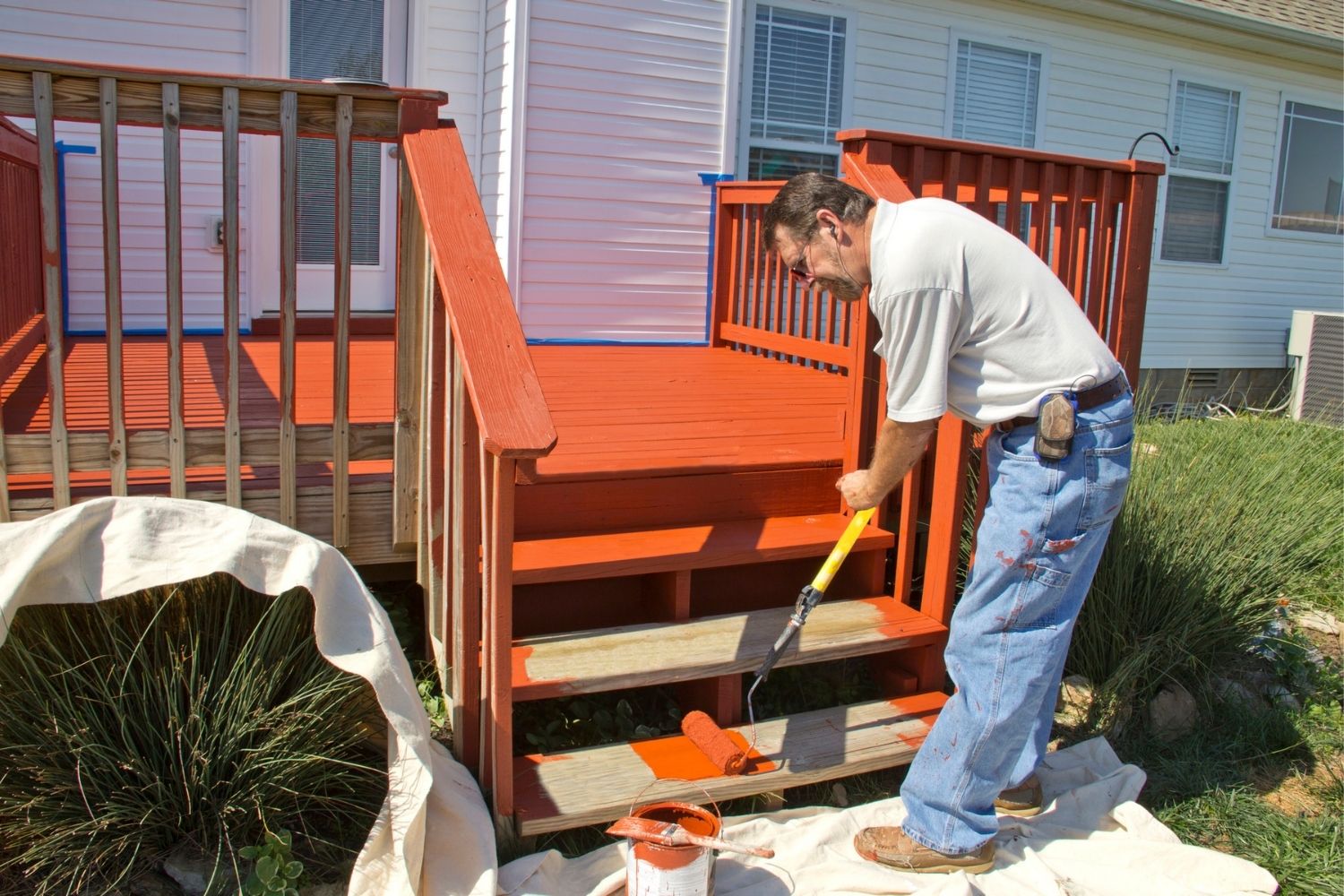
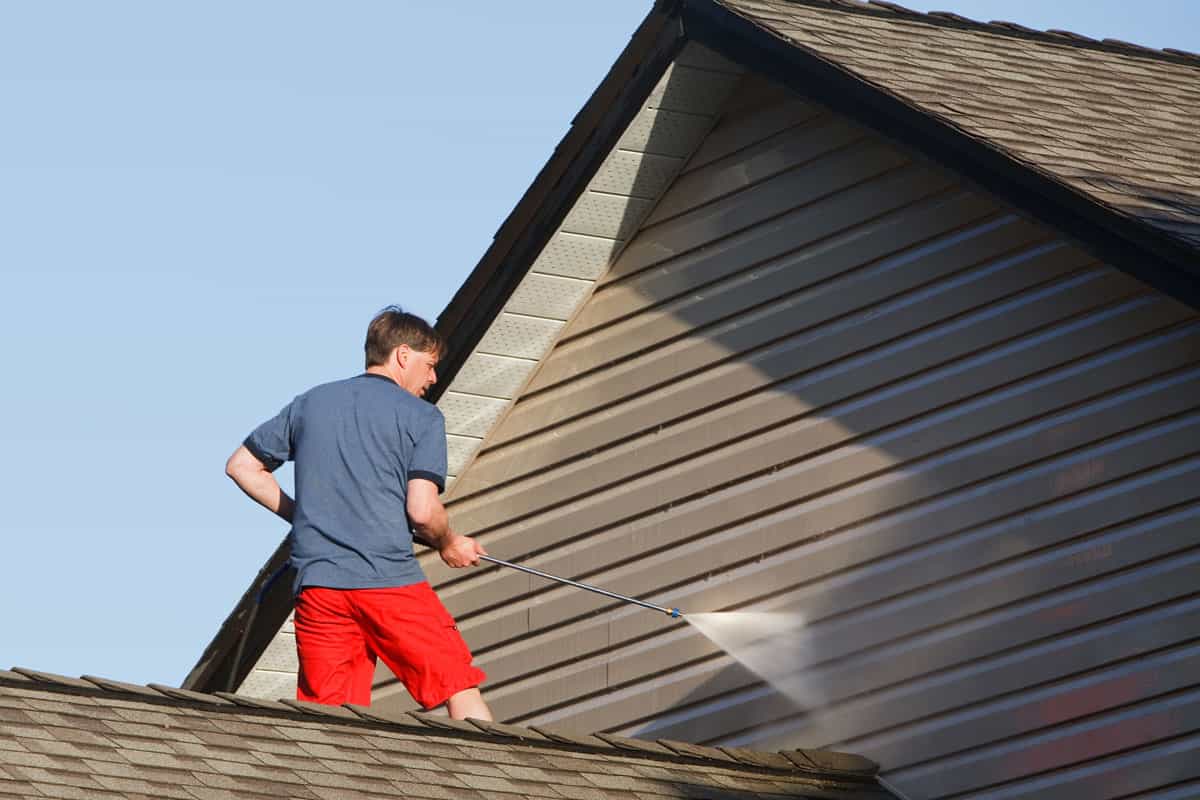
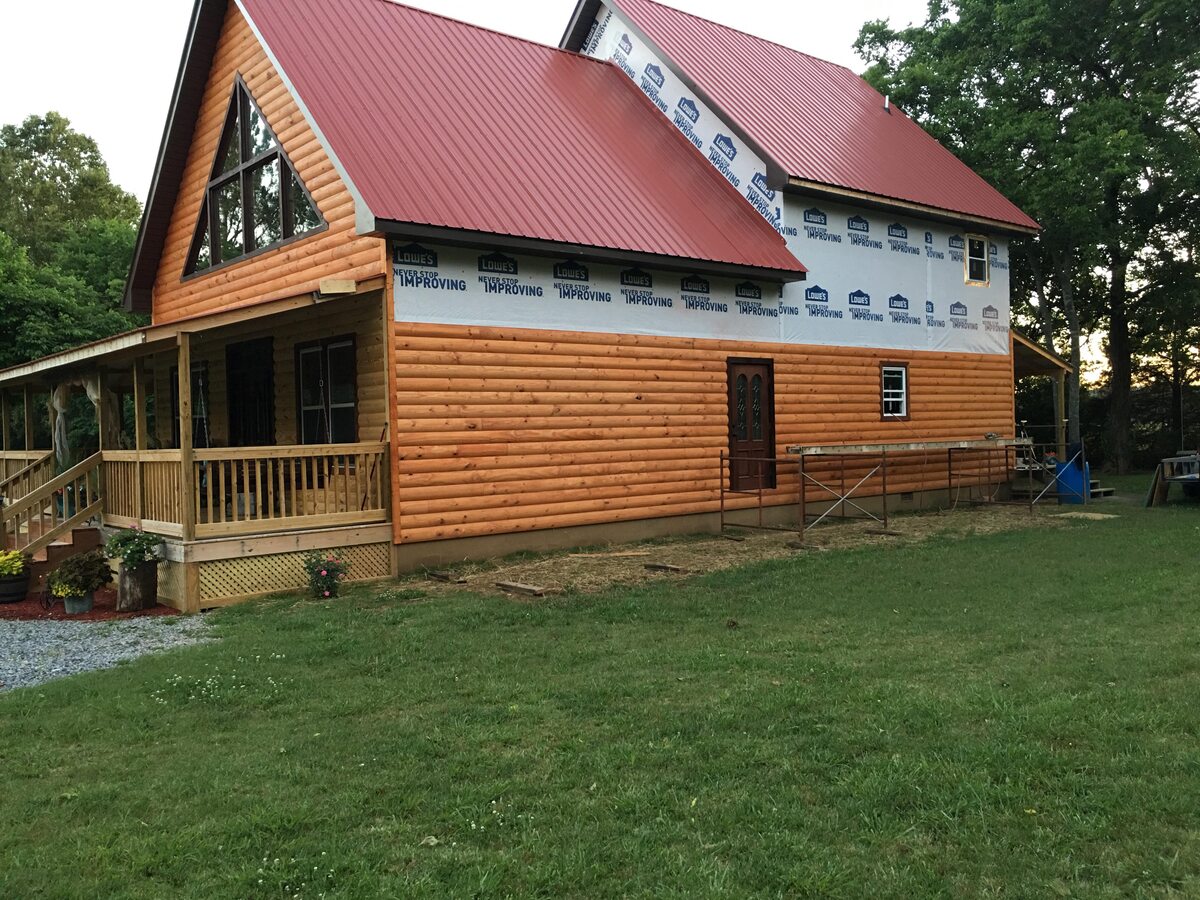
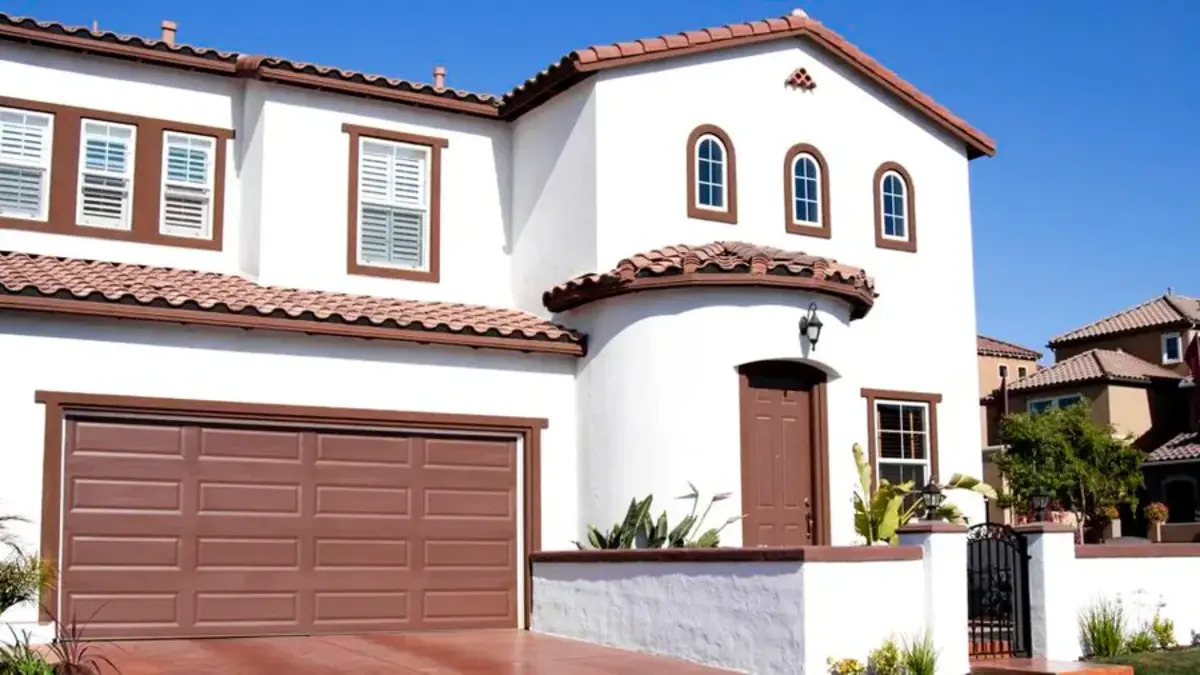
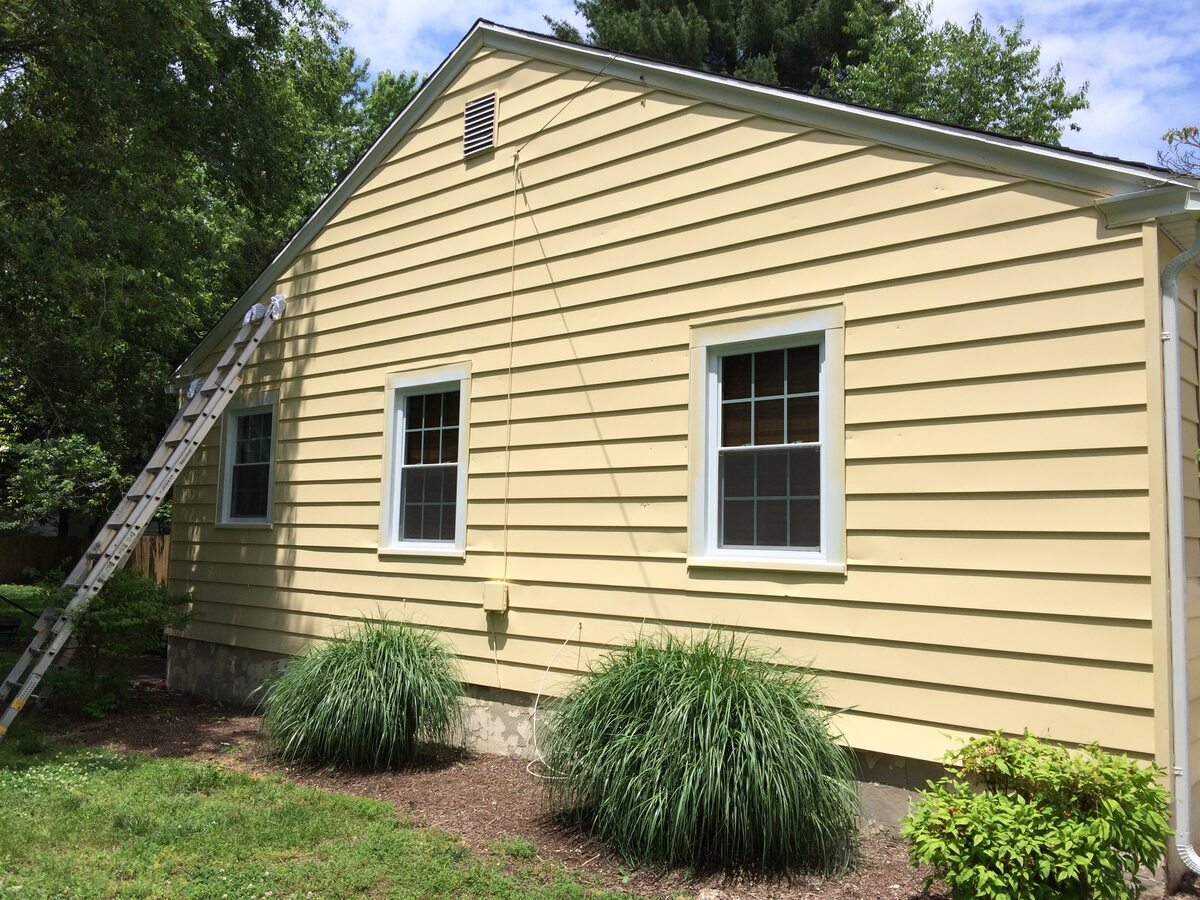
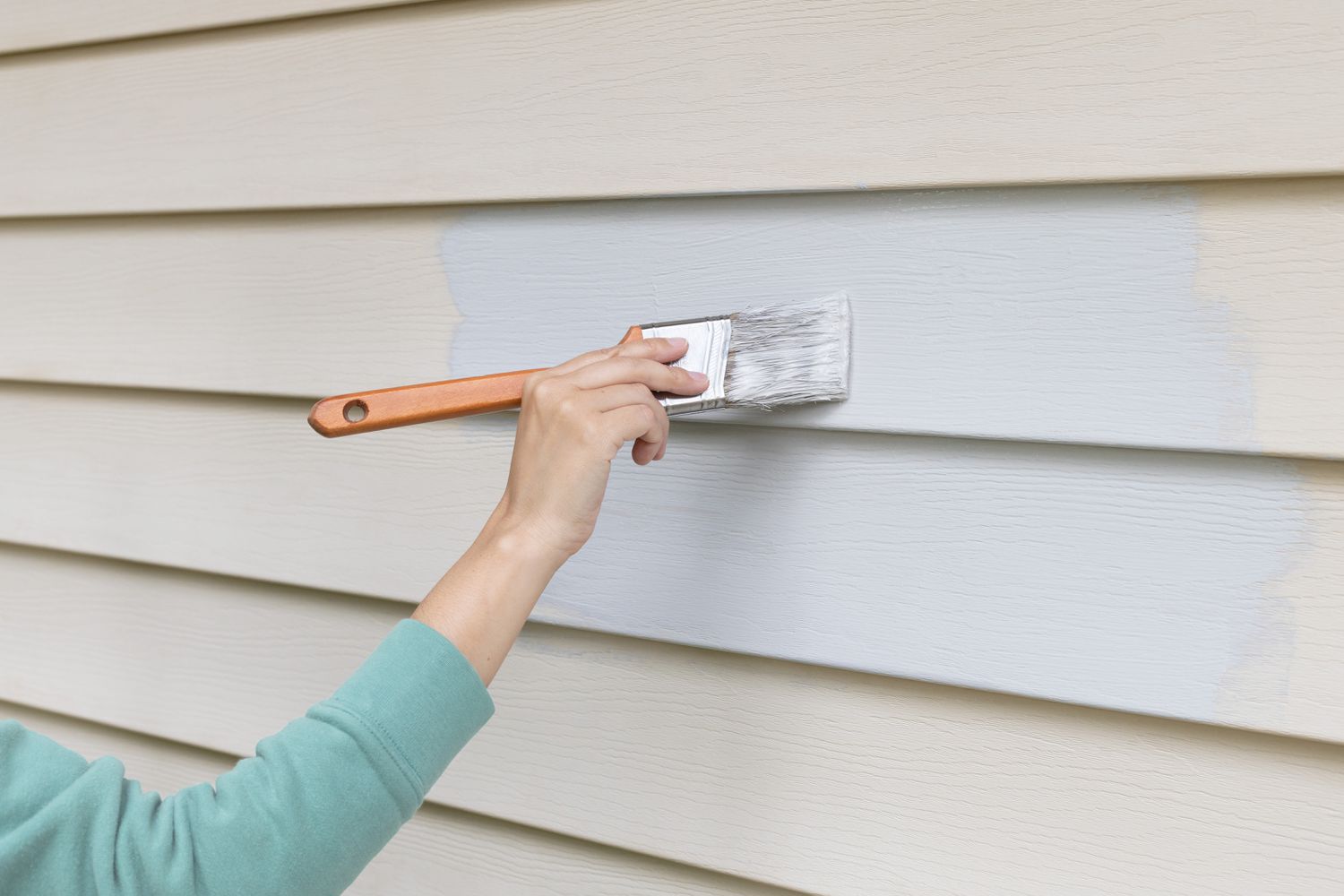
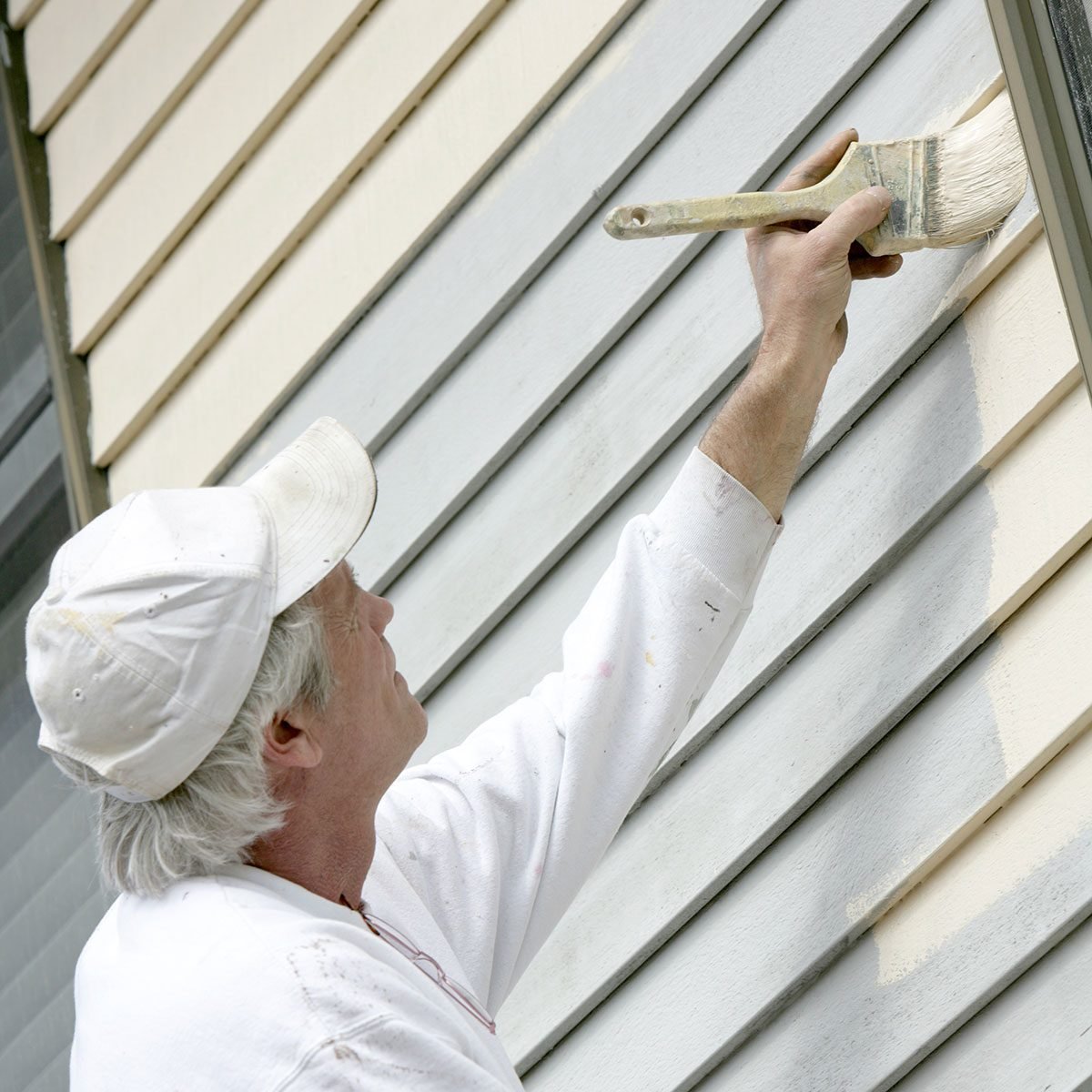

0 thoughts on “How Much Is It To Paint Siding”